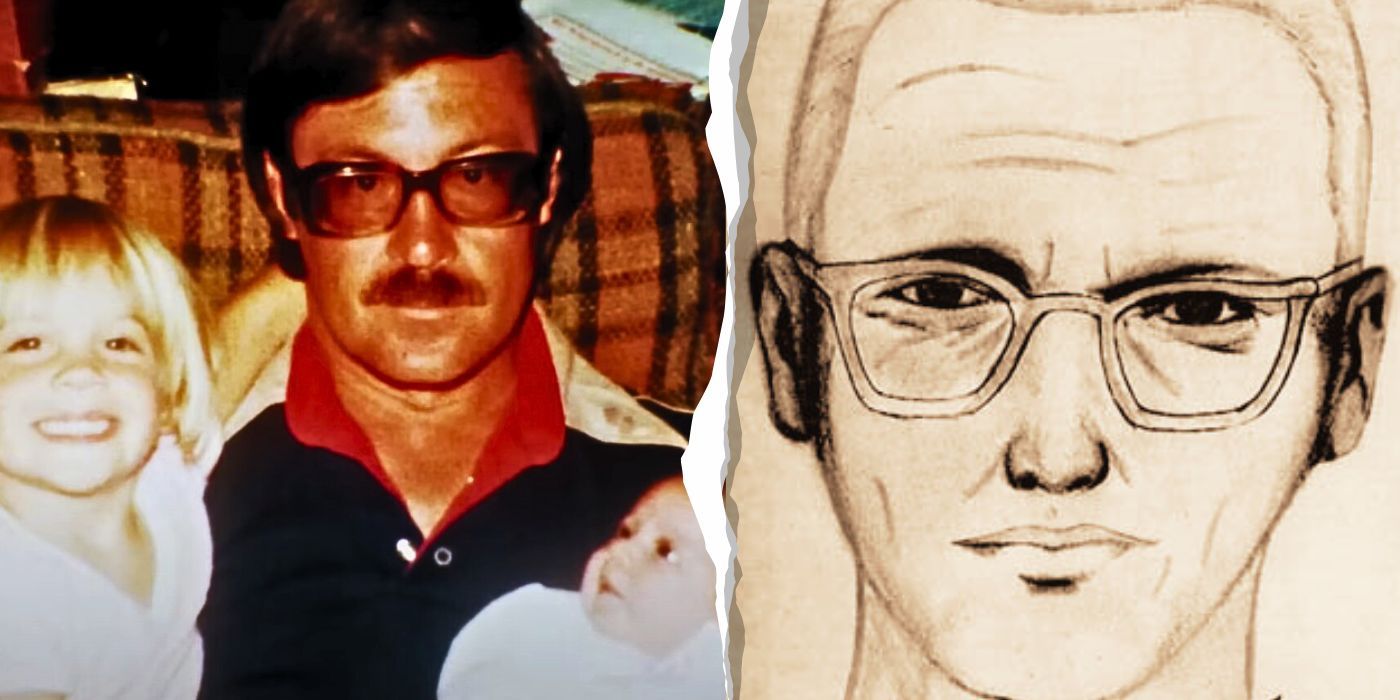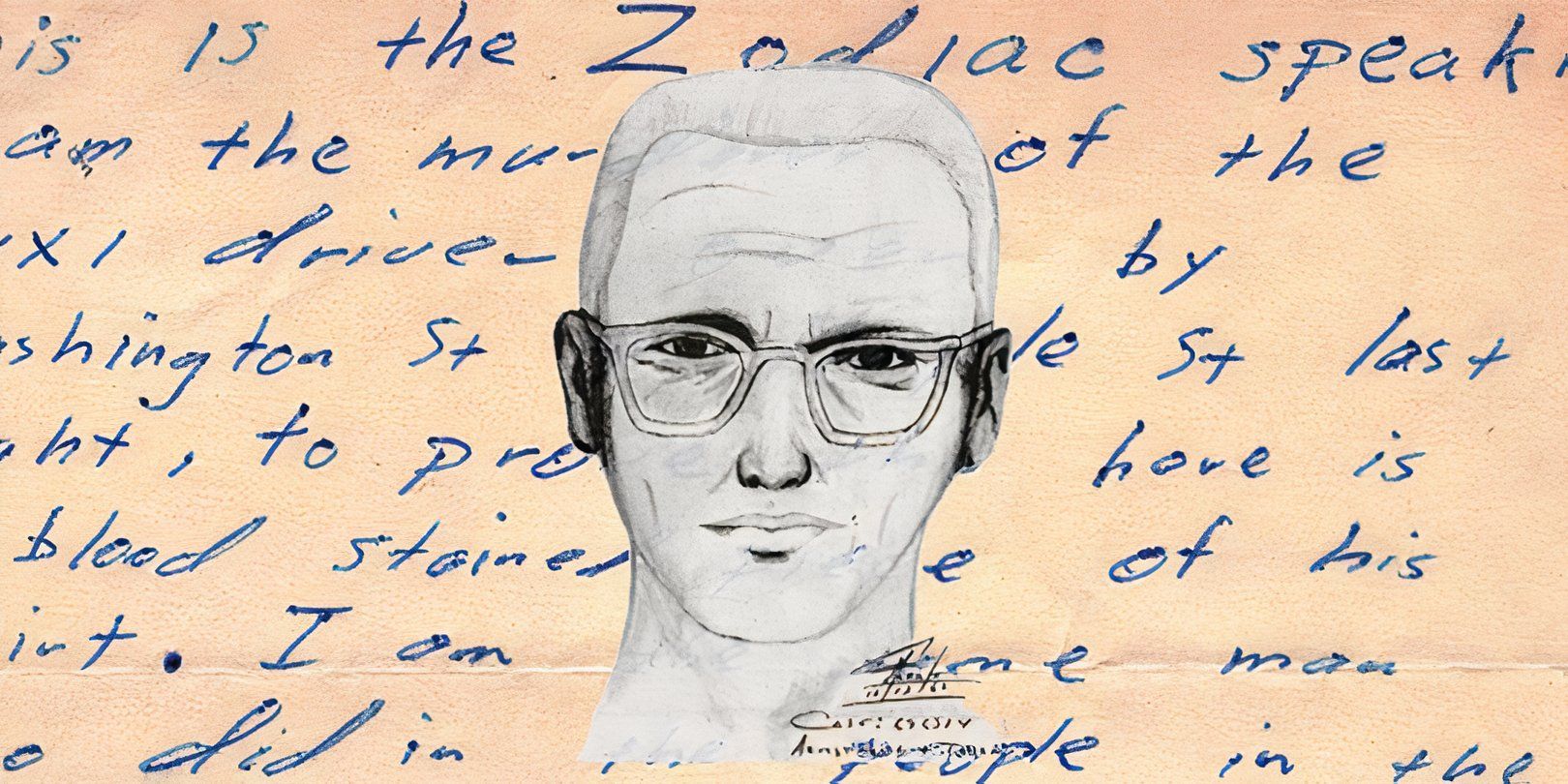Why Was The Zodiac Killer Never Caught? Unraveling The Mystery
Imagine this: a shadowy figure lurking in the dark, leaving behind cryptic messages and terrorizing an entire region. The Zodiac Killer was no ordinary criminal—he was a master manipulator, a psychological genius, and a cold-blooded murderer who slipped through the cracks of law enforcement. But why was the Zodiac Killer never caught? That's the million-dollar question that has haunted investigators, true crime enthusiasts, and historians for decades.
It’s not just about solving a cold case—it’s about understanding the complexity of one of America's most notorious unsolved mysteries. From his chilling letters to his calculated attacks, the Zodiac Killer remains a haunting enigma. This article dives deep into the reasons why this elusive killer evaded capture, exploring the limitations of 1960s forensic science, the overwhelming amount of false leads, and the psychological tactics that kept him steps ahead of the authorities.
So, buckle up because we’re about to take you on a journey through the dark corridors of one of the most infamous criminal cases in history. Whether you're a seasoned true crime fan or just curious about the "why" behind the Zodiac Killer's continued freedom, this article has got you covered.
Read also:Is Megan Moroney A Liberal Exploring Her Political Identity
Table of Contents
- Background of the Zodiac Killer
- The Zodiac's Cryptic Messages
- Limitations of Forensic Science in the 1960s
- False Leads and Red Herrings
- Psychological Tactics Used by the Zodiac
- Challenges Faced by Investigators
- Public Interest and Media Hype
- Modern Advancements in Solving the Case
- Conspiracy Theories Surrounding the Zodiac Killer
- Conclusion: Why Was the Zodiac Killer Never Caught?
Background of the Zodiac Killer
The Zodiac Killer first emerged in the late 1960s, terrorizing Northern California with a string of brutal murders. His victims included David Faraday and Betty Lou Jensen, Michael Mageau and Darlene Ferrin, Bryan Hartnell and Cecelia Shepard, and Paul Stine. Each attack was meticulously planned, leaving investigators baffled and the public in a state of panic.
What set the Zodiac apart from other serial killers was his flair for theatrics. He didn’t just kill; he taunted the police, media, and public with cryptic letters and ciphers. These communications weren’t just random—they were calculated moves to keep himself in the spotlight and fuel his ego. The Zodiac Killer wasn’t just a murderer; he was a performer who thrived on the chaos he created.
But let’s rewind for a second. Who exactly was the Zodiac Killer? Was he a lone wolf or part of a larger conspiracy? Was he a local guy who knew the area like the back of his hand, or an outsider who slipped in and out unnoticed? These questions still linger, and they form the backbone of why the Zodiac Killer remains unsolved.
Biography of the Zodiac Killer
Here’s a quick rundown of what we know—or don’t know—about the infamous killer:
| Full Name | Unknown |
|---|---|
| Alias | Zodiac Killer |
| Active Years | 1968–1969 (Confirmed Murders) |
| Number of Victims | At least 5 confirmed; claimed 37 in total |
| Location | Northern California |
| Status | Unsolved |
The Zodiac's Cryptic Messages
One of the most intriguing aspects of the Zodiac Killer case is the series of cryptic letters and ciphers he sent to newspapers and law enforcement agencies. These messages weren’t just random scribbles—they were designed to confuse, intimidate, and frustrate those trying to catch him.
In one letter, the Zodiac wrote, “This is the Zodiac speaking.” He went on to describe his crimes in chilling detail, taunting investigators with his knowledge of the attacks. He even sent a cipher that baffled cryptologists for years. While some of the ciphers have been partially solved, many remain a mystery, adding to the mystique surrounding the case.
Read also:Secure Remote Access With Remoteiot Ssh A Comprehensive Guide
But why did the Zodiac send these messages? Was it a cry for attention, a way to manipulate public perception, or simply a game to keep himself entertained? Whatever the reason, the letters played a crucial role in prolonging the investigation and keeping the case alive in the public consciousness.
Famous Ciphers and Their Impact
Here are a few of the most famous ciphers sent by the Zodiac Killer:
- The 408-character cipher, which was partially solved by a team of amateur cryptologists.
- The 340-character cipher, which remained unsolved for decades until a breakthrough in 2020.
- The 13-symbol cipher, which has yet to be fully deciphered.
These ciphers weren’t just puzzles—they were psychological weapons used by the Zodiac to keep law enforcement off balance and the public in a state of fear.
Limitations of Forensic Science in the 1960s
One of the primary reasons the Zodiac Killer was never caught lies in the limitations of forensic science during the 1960s. Back then, DNA analysis wasn’t even a twinkle in the scientific community’s eye. Fingerprinting was the gold standard, but the Zodiac was smart enough to avoid leaving behind any physical evidence.
Investigators relied heavily on witness testimonies and circumstantial evidence, which often led to dead ends. The lack of advanced technology meant that crucial details could slip through the cracks. For example, the Zodiac’s handwriting analysis was inconclusive, and his disguises made it nearly impossible to identify him based on physical descriptions.
Fast forward to today, and advancements in forensic science have revolutionized how crimes are solved. DNA databases, facial recognition software, and sophisticated crime scene analysis tools have helped crack cases that were once considered unsolvable. But for the Zodiac Killer, these tools came too late.
How Modern Technology Could Help
With the rise of genetic genealogy and advanced DNA testing, there’s hope that the Zodiac Killer’s identity could still be uncovered. In recent years, cold cases have been solved using these cutting-edge techniques, and the Zodiac Killer case might be next on the list.
False Leads and Red Herrings
Throughout the investigation, law enforcement was inundated with false leads and red herrings. Thousands of tips poured in from the public, each one promising to reveal the identity of the Zodiac Killer. Unfortunately, most of these leads were dead ends, wasting valuable resources and time.
One of the most famous false leads involved Arthur Leigh Allen, a suspect who was heavily scrutinized by authorities. Allen fit the profile and had a history of strange behavior, but there was never enough concrete evidence to convict him. His death in 1992 without a confession left the case wide open, sparking debates about whether he was the real Zodiac or just a convenient scapegoat.
False leads aren’t just a problem of the past. Even today, new theories and suspects emerge, keeping the case alive but often leading investigators down the wrong path.
Key Suspects in the Zodiac Case
Here are a few of the most notable suspects:
- Arthur Leigh Allen: The most famous suspect, but never conclusively linked to the crimes.
- Gary Francis Poste: A suspect who died in 2018, with some researchers claiming he was the Zodiac.
- Earl Van Best, Jr.: A lesser-known suspect with ties to some of the victims.
Each of these suspects adds another layer of complexity to the investigation, making it even harder to pinpoint the true identity of the Zodiac Killer.
Psychological Tactics Used by the Zodiac
The Zodiac Killer wasn’t just a cold-blooded murderer—he was a psychological mastermind. He understood human behavior and exploited it to his advantage. By sending cryptic letters and taunting the police, he created a narrative that kept him in control of the situation.
His use of aliases, disguises, and cryptic messages was designed to confuse and mislead investigators. He knew that the more mysterious he appeared, the harder it would be to catch him. This psychological warfare was a key factor in his ability to evade capture for so long.
But the Zodiac’s tactics weren’t just about staying hidden—they were about maintaining power. By controlling the narrative, he turned the tables on law enforcement, making them the ones who were being hunted.
The Mind Games of the Zodiac Killer
Here are a few examples of the psychological tactics used by the Zodiac:
- Sending letters to multiple newspapers to create competition and confusion.
- Claiming responsibility for crimes he may or may not have committed, spreading fear and paranoia.
- Using cryptic language and symbols to keep investigators guessing.
These tactics weren’t just clever—they were diabolical. They ensured that the Zodiac Killer remained a step ahead of the authorities, even as the investigation intensified.
Challenges Faced by Investigators
Investigating the Zodiac Killer case was no easy feat. The sheer volume of evidence, combined with the lack of advanced technology, made it a monumental challenge. Investigators were dealing with a moving target who left behind little to no physical evidence.
Another challenge was the jurisdictional issues. The Zodiac’s attacks spanned multiple counties, each with its own law enforcement agency. This fragmentation made coordination and communication difficult, leading to missed opportunities and duplicated efforts.
Despite these challenges, investigators worked tirelessly to solve the case. They interviewed countless witnesses, analyzed hundreds of tips, and poured over every detail of the evidence. But in the end, the Zodiac Killer remained one step ahead.
Lessons Learned from the Investigation
While the Zodiac Killer case remains unsolved, it has taught law enforcement valuable lessons about investigating serial killers. Here are a few key takeaways:
- Inter-agency cooperation is crucial in solving cross-jurisdictional cases.
- Forensic science and technology must evolve to keep pace with criminals.
- Public engagement can be both a help and a hindrance in investigations.
Public Interest and Media Hype
The Zodiac Killer case captured the public’s imagination like few others. The media coverage was intense, with newspapers and television stations competing to break the latest story. This media hype had both positive and negative effects on the investigation.
On the one hand, widespread media coverage helped generate tips and leads from the public. On the other hand, it created a circus-like atmosphere that sometimes hindered the investigation. The constant speculation and sensationalism made it difficult for law enforcement to focus on the facts.
Even today, the Zodiac Killer remains a pop culture icon, inspiring books, movies, and documentaries. This enduring interest ensures that the case stays in the public consciousness, but it also risks overshadowing the real victims and their families.
The Impact of Media on the Case
Here’s how the media influenced the Zodiac Killer investigation:
- Helped bring attention to the case and generate public support.
- Sometimes created confusion and misinformation, leading to false leads.
- Kept the case alive in the public mind, ensuring it wasn’t forgotten.
Modern Advancements in Solving the Case
With the advent of modern technology, there’s renewed hope that the Zodiac Killer case could be solved. Genetic genealogy, advanced DNA analysis, and digital forensics are just a few of the tools that could help crack the case.
In recent years, cold cases have been solved using these techniques, proving that even the most elusive criminals can be brought to justice. The Zodiac Killer case might be next on the list, as researchers and investigators continue to explore new leads


